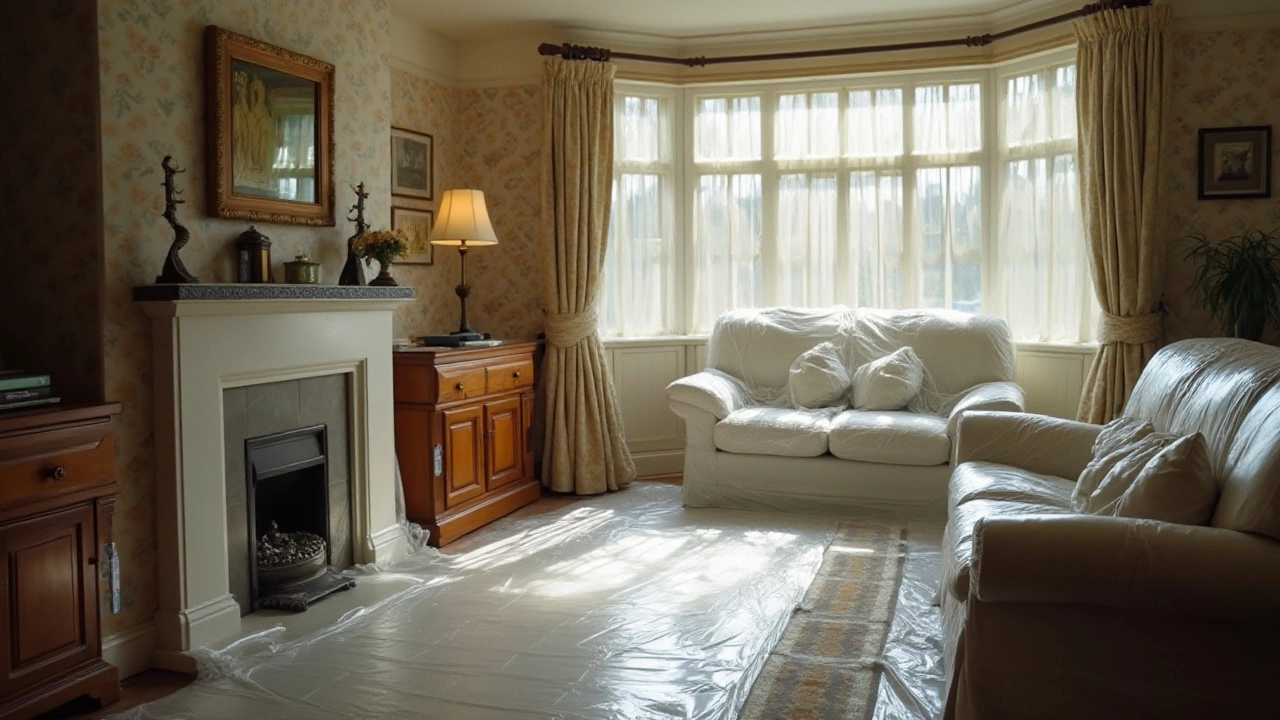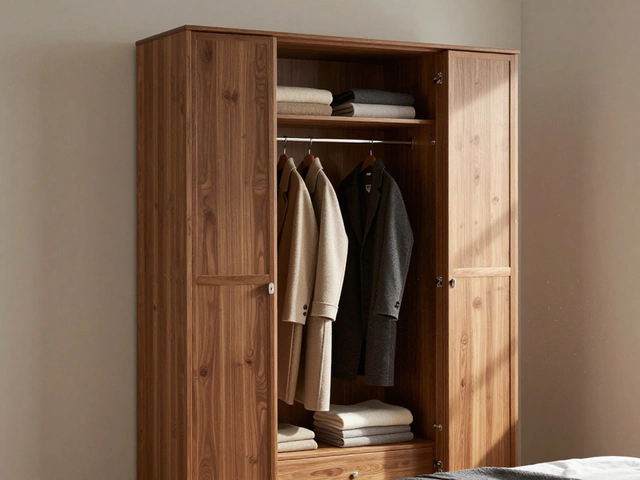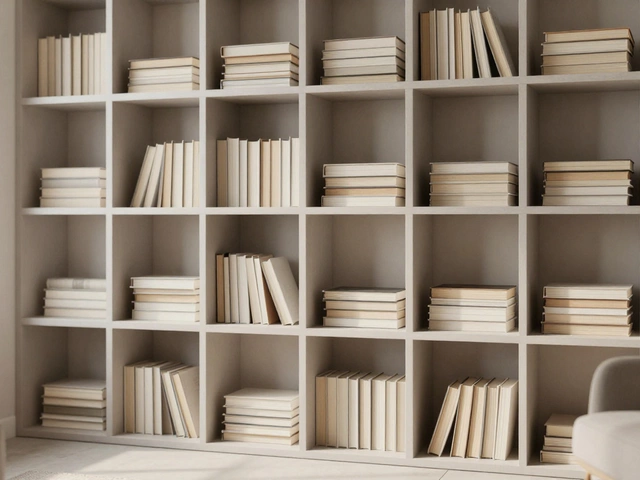Moving Tips: How to Make Your Move Easy and Cheap
Moving can feel like a mountain of boxes, but with a few smart habits you can turn it into a quick task. The goal is to keep everything organized, protect your stuff and avoid surprise costs. Below are the steps that work for most people, no matter if you’re moving across the street or to another county.
Pack Smart, Save Time
Start with the rooms you use the least. Pull out all the items you don’t need for a week or two and pack them first. This keeps the daily routine from being interrupted. Use a sturdy box for each room and label it with the room name and a short description (e.g., "Kitchen – plates"). A pen and a few stickers are all you need; no fancy software.
When you fill a box, place the heaviest items at the bottom and lighter things on top. This prevents the box from tipping over and protects delicate items. Wrap breakables in newspaper, old towels or bubble wrap. A simple trick is to line the bottom of the box with a layer of soft clothing – it cushions everything inside.
Don’t over‑pack boxes. If a box feels too heavy to lift with one hand, split it into two. You’ll avoid back injuries and make loading the truck easier. Keep a small “essentials” box with toiletries, a couple of dishes, chargers and a change of clothes. Put it on the top of the truck so you can grab it first.
Plan the Move Day
Write down a timeline the night before. Note when the movers arrive, when the truck is loaded, and when you expect to be at the new place. Having a clear schedule stops you from wandering around the house looking for the next task.
Measure doorways, stairwells and elevator sizes in both the old and new homes. If a piece of furniture won’t fit, plan to disassemble it or find an alternative route. Most flat‑pack beds and wardrobes come with easy‑to‑remove legs; keep the necessary tools handy.
If you’re hiring a removal company, confirm the price and ask about insurance. Ask for a written quote that includes any extra fees for stairs or long carries. If you’re doing it yourself, recruit friends early and assign them clear jobs – one person loads, one unloads, another handles fragile items.
Finally, do a quick walk‑through of the old house after everything is out. Check closets, cabinets and the attic for forgotten items. A short checklist (keys, mailbox, thermostat) helps you leave nothing behind.
Using these moving tips you’ll spend less time stressing and more time settling into your new space. Pack room by room, label everything, keep a simple timeline and measure the tricky spots. Follow the plan and the move will feel like a smooth ride rather than a chaotic scramble.
Is Shrink Wrapping Furniture a Smart Storage Solution?
As people increasingly look for ways to protect their furniture during storage or a move, shrink wrapping emerges as a viable option. This method offers a layer of protection against dust, moisture, and pests, helping maintain the quality of the furniture. Yet, questions about its practicality, cost, and environmental impact persist. This article delves into the benefits and drawbacks of shrink wrapping, offering insightful tips on when it makes the most sense to use this method.







